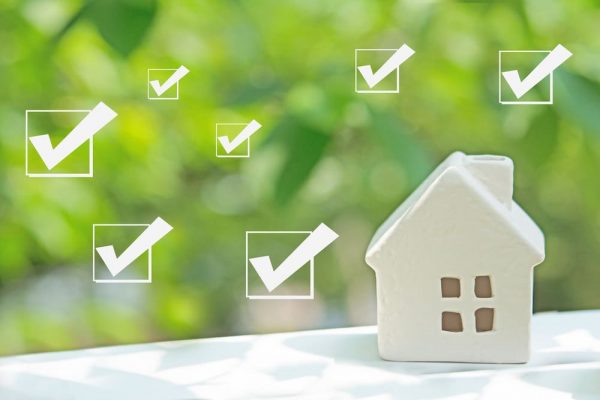Retrofitting a home for an earthquake involves making structural changes and improvements to increase the building’s resistance to seismic activity. Overall, earthquake preparation is an important aspect of emergency preparedness that can help protect lives, property, and businesses. By taking the necessary steps to prepare for earthquakes, individuals and communities can be better equipped to deal with the aftermath of a seismic event Opens a new window.
While earthquake insurance will help you rebuild after a damaging quake, there are steps that can be taken to retrofit a home beforehand. As one expert explained, “Retrofitting your home for earthquakes is not only a wise investment, it’s a way to protect your family and your property from the inevitable seismic activity that will occur in the future,” Lucy Jones, Seismologist and Research Associate at the Seismological Laboratory of Caltech.
7 steps that can be taken to retrofit a home for an earthquake:
- Foundation reinforcement: One of the most important steps in retrofitting a home for an earthquake is to strengthen the foundation. This can be done by installing additional foundation bolts or by using epoxy to anchor existing bolts to the foundation. This will help to keep the house attached to the foundation during an earthquake.
- Bracing of cripple walls: The walls between the foundation and the first floor of a house are known as cripple walls, and they are particularly vulnerable to earthquake damage. Bracing these walls with plywood or other materials can help to prevent them from collapsing during an earthquake.
- Seismic retrofit of chimneys: Chimneys are another vulnerable part of a house during an earthquake. They can be retrofitted by installing metal brackets to anchor them to the roof and to the foundation.
- Strengthening of walls: Older homes may have walls that are not strong enough to withstand the forces of an earthquake. Strengthening the walls can be done by adding plywood or other materials to the inside of the walls.
- Reinforcement of the roof: The roof is another vulnerable part of a house during an earthquake. It can be reinforced by adding metal connectors between the roof and the walls.
- Installation of seismic shut-off valves: In areas prone to earthquakes, it’s a good idea to install seismic shut-off valves on gas lines. These valves will automatically shut off the gas supply in the event of an earthquake, reducing the risk of fire or explosion.
- Secure heavy objects: Finally, it’s important to secure heavy objects such as bookcases, appliances, and water heaters to prevent them from falling over during an earthquake. This can be done by installing brackets or straps to anchor them to the wall.
An engineer or contractor experienced in seismic retrofitting can assess the home and recommend the best strategies for improving its seismic resistance. A recent San Jose Mercury news story Opens a new window discussed the installation of a new, seismically resilient drinking water pipeline in Alameda. These large-scale engineering projects are ongoing to prepare for the ‘Big One.’
Given the risk to our region, now is time to consider how earthquake insurance will provide the protection you don’t get from your homeowners insurance policy:
- According to a recent three-year data sample, an average of five earthquakes with magnitudes between 5.0 and 6.0 occur yearly in California.
- The probability of an earthquake measuring magnitude 6.7 in the next 30 years is 60% in the Los Angeles area and 72% in the San Francisco Bay Area Opens a new window.
Have you protected your home with earthquake insurance? Learn more about earthquake policy coverage for California or get a free quote today Opens a new window.



